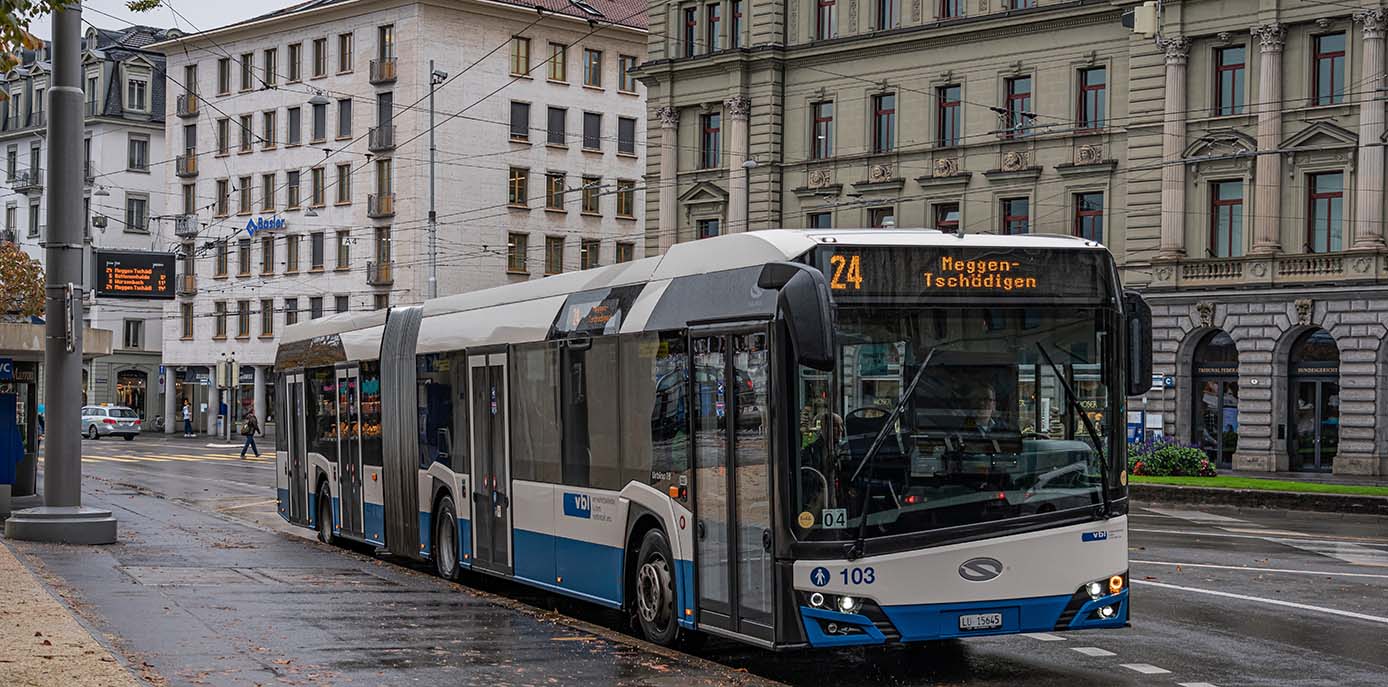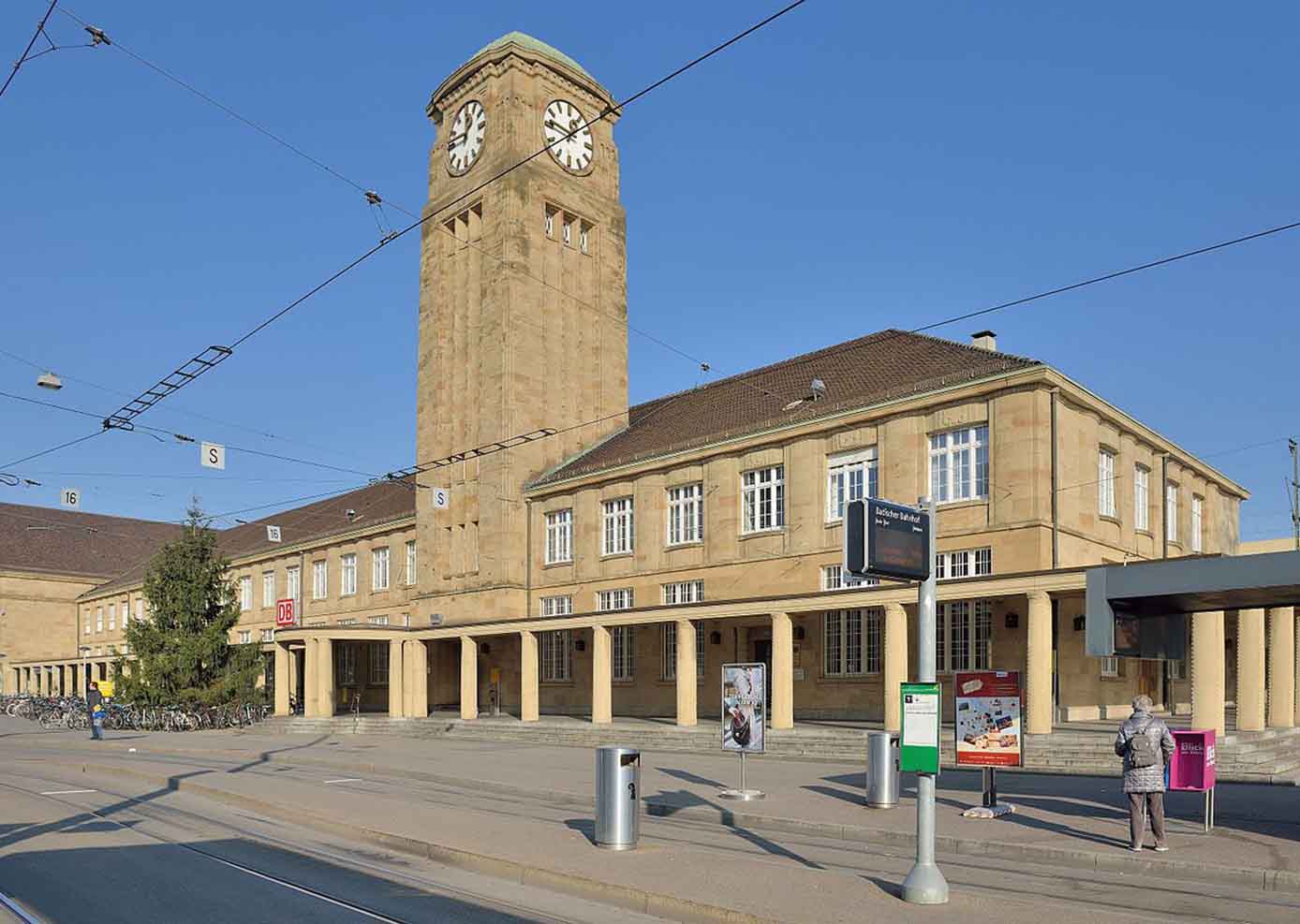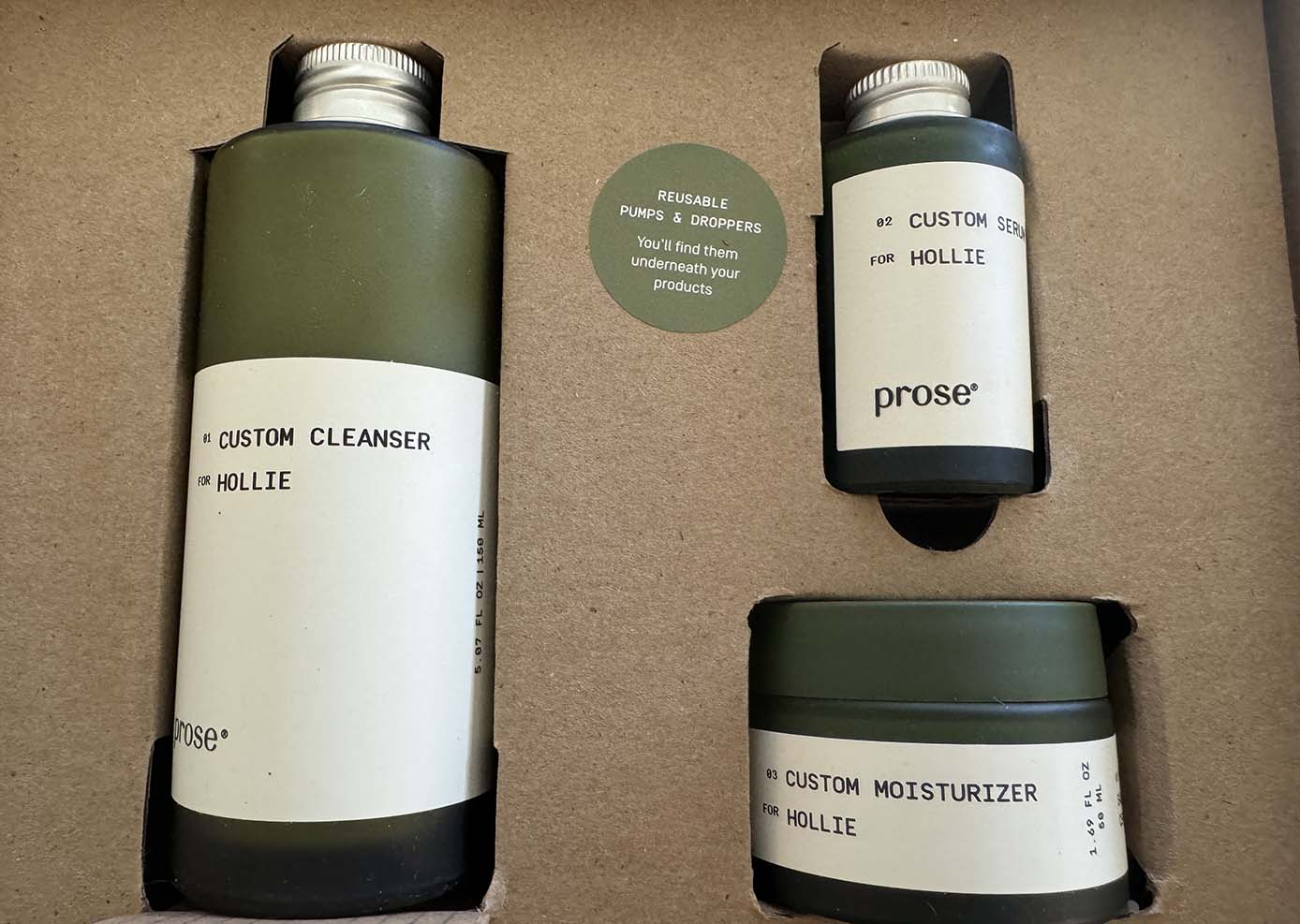Lucerne, a picturesque city nestled between Lake Lucerne and the Swiss Alps, is not only famous for its stunning scenery but also for its efficient public transport system. During my recent visit, I was pleasantly surprised by how easy it was to navigate the city using various transport options. In this guide, I’ll share my personal experiences, detailed insights, and practical tips on getting around Lucerne, covering everything from trains and buses to boats and bicycles.
Public Transport in Lucerne
Lucerne boasts an integrated public transport system that includes trains, buses, boats, and even funiculars. The network is well-coordinated and reliable, making it convenient for travelers to explore the city and its surroundings. The Swiss Travel System is renowned for its punctuality, and Lucerne is no exception. You can travel effortlessly between attractions, and many of them are accessible via public transport.
1. Trains: The Backbone of Transport
One of the first things I did upon arriving in Lucerne was to familiarize myself with the train system. The Lucerne Railway Station (Bahnhof Luzern) is the central hub for regional and national trains. It’s conveniently located near the city center, making it easy to access other parts of Switzerland.
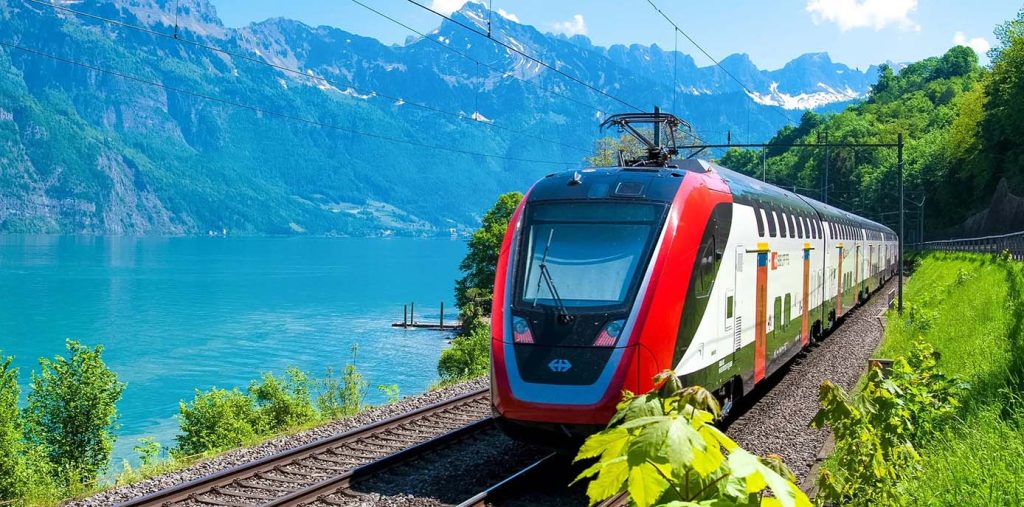
Getting to Lucerne from Zurich
I arrived in Lucerne from Zurich Airport, which was straightforward. The train journey took about an hour, with frequent connections available throughout the day. I purchased my ticket from the Swiss Federal Railways (SBB) website, which offered an easy-to-navigate interface. Alternatively, tickets can be bought at machines or the ticket counter in the station.
Exploring Beyond Lucerne
Once in Lucerne, I found that trains are an excellent way to explore nearby attractions like Mt. Pilatus, Mt. Rigi, and Engelberg. For example, I took a train to Engelberg to hike in the mountains, which took about 45 minutes. Trains are not only frequent but also comfortable, offering scenic views along the way.
Tickets and Pricing
A single journey from Zurich to Lucerne costs around CHF 15-30, depending on the time of day and whether you book in advance. If you plan to travel extensively within Switzerland, consider purchasing a Swiss Travel Pass, which allows unlimited travel on trains, buses, and boats across the country for a set number of days.
2. Buses: Local and Regional Connections
In Lucerne, the bus system is operated by Verkehrsbetriebe Luzern (VBL), providing efficient local transport options. The buses connect key attractions, residential areas, and the surrounding countryside.
Navigating the City by Bus
I used the bus to visit the Richard Wagner Museum, which is located a bit outside the main tourist areas. The bus stop was conveniently located near my hotel, and I found the schedule easy to follow via the VBL website and the mobile app.
Ticketing for Buses
Tickets for the bus can be purchased from machines at the bus stops or on the bus itself (though it’s generally cheaper to buy in advance). A single ticket costs around CHF 3, while a day pass is approximately CHF 10, allowing unlimited travel on buses and trains within Lucerne.
Timeliness and Frequency
Buses in Lucerne are remarkably punctual. During my stay, I noticed that they arrived almost to the minute. They run frequently, especially during peak hours, making it easy to hop on and off as you explore the city.
3. Boats: A Scenic Mode of Transport
One of the most charming aspects of getting around Lucerne is the boat services on Lake Lucerne. The boats provide a unique perspective of the city and the surrounding mountains.
Lake Boat Services
I took a scenic boat ride to Vitznau, which is a lovely lakeside village. The trip was about 40 minutes and provided breathtaking views of the Alps and the lake’s serene waters. Boats are operated by Schifffahrtsgesellschaft des Vierwaldstättersees, and they run regularly throughout the day.
Ticketing for Boat Rides
Tickets for the boats can be purchased at the docks or online. The prices vary based on the destination, but a round trip to Vitznau costs around CHF 20. If you have a Swiss Travel Pass, boat rides are included, making it a fantastic way to explore without additional costs.
Dining on Board
Some boats even offer dining options, which I found delightful. I enjoyed a light lunch while taking in the stunning views, making it a memorable experience.
4. Funiculars and Cable Cars: For Scenic Views
For those looking to experience Lucerne’s elevated scenery, the cable cars and funiculars are not to be missed. They provide access to some of the best viewpoints in the area.
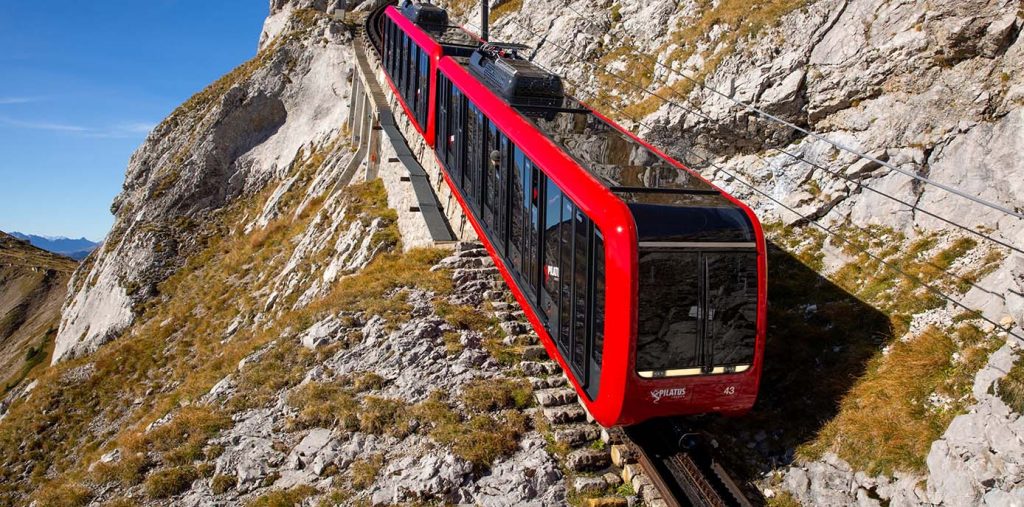
The Pilatus Railway
One of the highlights of my trip was taking the Pilatus Railway, the world’s steepest cogwheel railway. The journey takes about 30 minutes, and the views of Lake Lucerne and the mountains were simply breathtaking. The ticket prices vary by season but typically range from CHF 40-70 for a round trip.
Tickets and Reservations
It’s advisable to book tickets in advance, especially during peak tourist seasons. I purchased mine online, which saved me time and ensured I had a spot on the train.
5. Bicycles: A Healthy Alternative
Another great way to get around Lucerne is by bicycle. The city is bike-friendly, with numerous rental options available.
Bike Rentals
I rented a bicycle from Luzern Bike located near the train station. The rental process was straightforward; I simply showed my ID and paid CHF 25 for a full day. The bike came with a helmet and a lock, which was a nice touch.
Cycling Routes
Riding along the lakeside promenade was one of the highlights of my trip. The route was flat and well-maintained, making it perfect for leisurely cycling. I cycled to Kriens, where I enjoyed a scenic break at a lakeside café before returning.
Safety Tips
While cycling in Lucerne is generally safe, I recommend wearing a helmet and being cautious at intersections, as some roads can be busy. The paths along the lake are picturesque and usually quieter, making them ideal for a relaxing ride.
6. Walking: Exploring on Foot
Lucerne’s compact size makes it incredibly walkable. I found myself strolling through the charming streets, discovering hidden gems along the way.
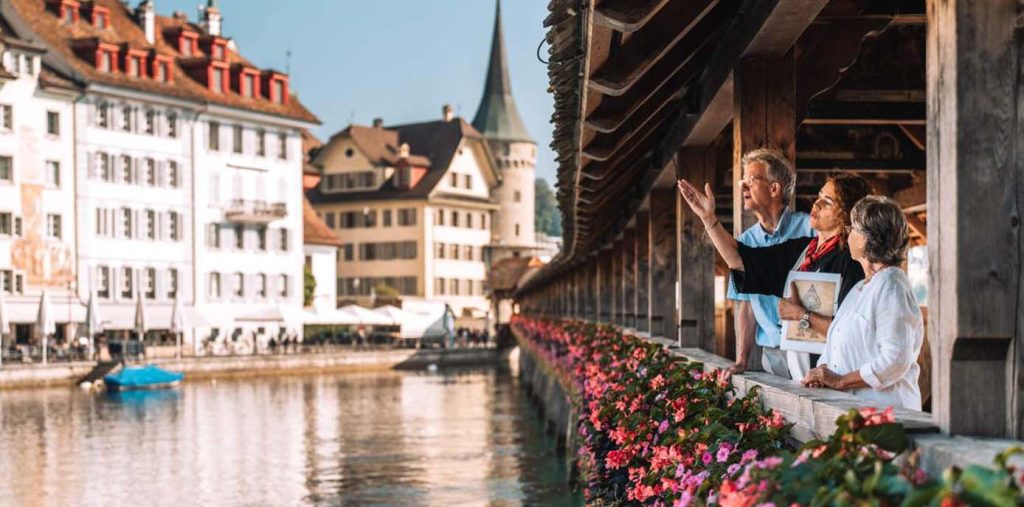
Exploring the Old Town
The Old Town (Altstadt) is a must-visit area, filled with medieval architecture, cobblestone streets, and colorful frescoed buildings. I spent hours wandering through the narrow streets, enjoying the ambiance, and stopping at quaint shops and cafes.
Walk to the Lion Monument
The famous Lion Monument is easily accessible on foot. It’s only a 15-minute walk from the train station, and the route takes you through beautiful parks and along the lake. The monument itself is a moving tribute and definitely worth the visit.
7. Ticketing and Planning: Practical Tips
As with any travel experience, planning ahead can save you time and money.
Buying Tickets
For public transport, I recommend using the SBB Mobile app and the VBL app. Both provide real-time information on schedules, routes, and ticket purchases. You can buy tickets directly through the apps, which is convenient and often includes options for mobile ticketing.
Day Passes and Swiss Travel Pass
If you plan to explore extensively, consider purchasing a day pass or a Swiss Travel Pass. The day pass allows unlimited travel on local transport, while the Swiss Travel Pass covers longer journeys and boat rides.
Check Timetables
Always check the timetables in advance, especially for the boat services, as they can vary seasonally. The VBL and SBB websites provide up-to-date information, which can help you plan your day effectively.
Getting around Lucerne is a breeze, thanks to its well-organized public transport system. Whether you choose to travel by train, bus, boat, or bicycle, each mode of transport offers a unique way to experience the beauty of this Swiss gem. During my visit, I found that using public transport not only saved me money but also allowed me to immerse myself in the local culture.
